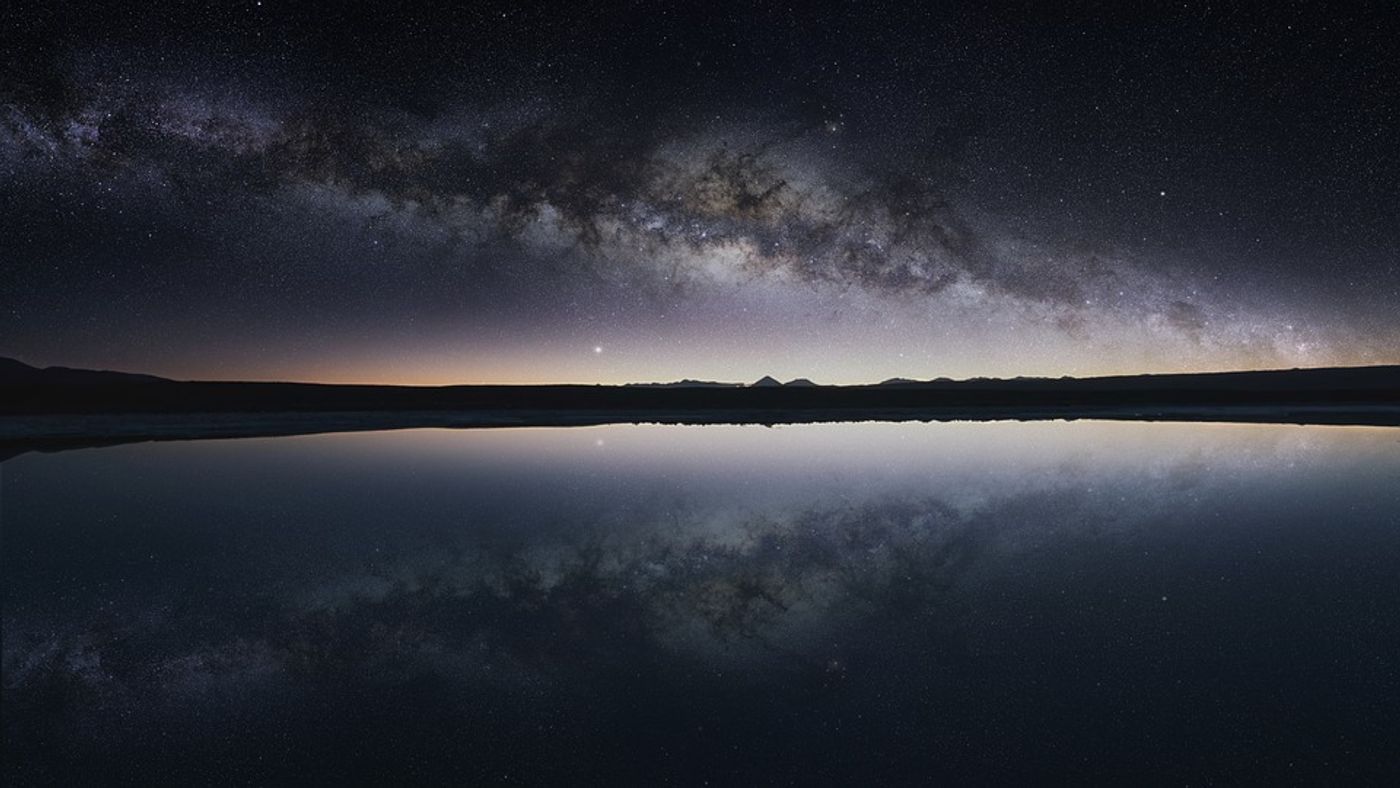New observations on supermassive black holes
New observations from the European Southern Observatory's Very Large Telescope (VLT) provide insight on how supermassive black holes form and grow, suggesting that large black holes expand quickly supported by gases that fuel their growth. The findings are published in Astronomy & Astrophysics.
The observations were taken from the VLT’s instruments at ESO's Paranal Observatory in the Chilean Atacama Desert. "This research was mainly driven by the desire to understand some of the most challenging astronomical objects -- supermassive black holes in the early Universe. These are extreme systems and to date, we have had no good explanation for their existence," said lead author Marco Mignoli.
The VLT discovery shows six galaxies positioned around a supermassive black hole when the Universe was younger than one billion years old. Scientists estimate that the size of this formation was over 300 times the expanse of the Milky Way.
"The cosmic web filaments are like spider's web threads," explains Mignoli, who is an astronomer at the National Institute for Astrophysics (INAF) in Bologna, Italy. "The galaxies stand and grow where the filaments cross, and streams of gas -- available to fuel both the galaxies and the central supermassive black hole -- can flow along the filaments."
These results back the theory that supermassive black holes and the large cosmic structures around them are fueled by gases. "Our finding lends support to the idea that the most distant and massive black holes form and grow within massive dark matter halos in large-scale structures, and that the absence of earlier detections of such structures was likely due to observational limitations," says co-author Colin Norman of Johns Hopkins University in Baltimore.
"We believe we have just seen the tip of the iceberg, and that the few galaxies discovered so far around this supermassive black hole are only the brightest ones," said co-author Barbara Balmaverde, an astronomer at INAF in Torino, Italy.
At the moment, the ESO's telescope is under construction in Chile. Researchers hope to continue this work by observing fainter galaxies around massive black holes in the early Universe once construction has been completed.
To see the images from the VLT, visit here.
Sources: Astronomy & Astrophysics, Eureka Alert









